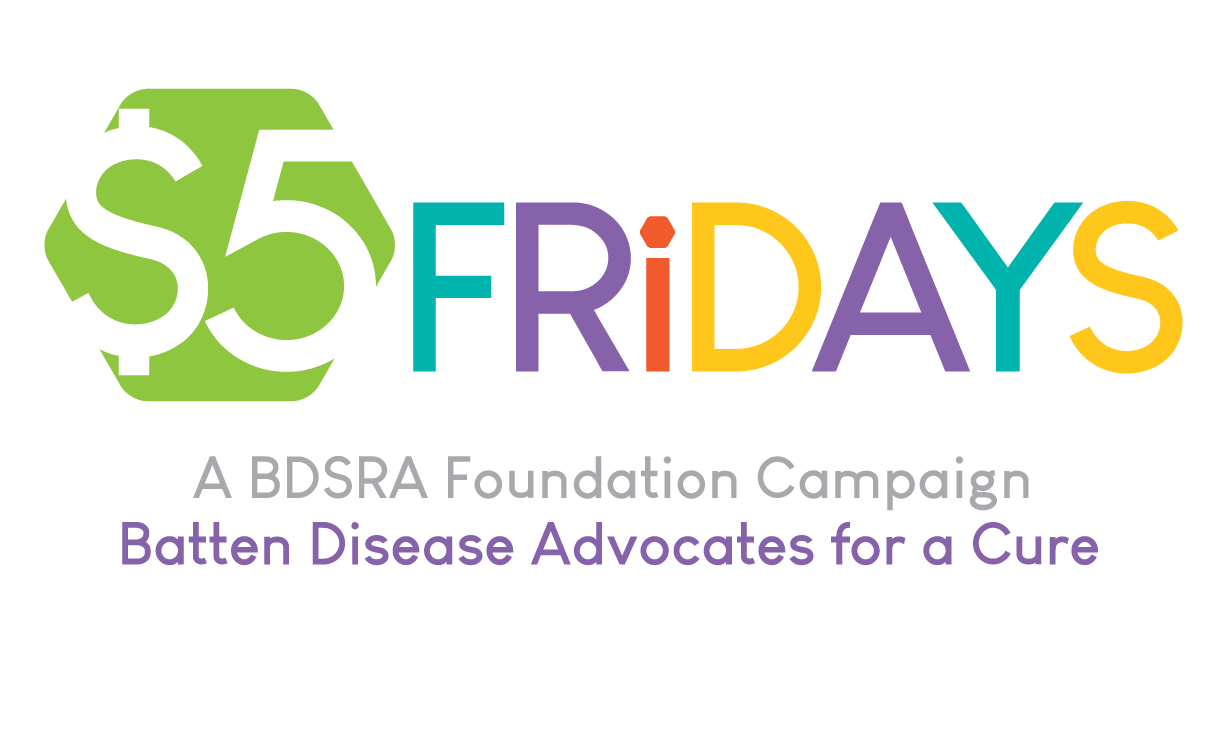One of the most important steps toward finding effective medical treatments for Batten disease and advancing clinical research is to map out the ways in which the forms of the disease affect patients: the symptoms most commonly seen, how those symptoms progress, trends among and between genetic types, and what complications develop. To achieve this means collecting as much data as possible about all patients throughout the world affected by the disease and assembling it in a single database.
A patient registry database for Batten disease will describe for the first time the natural history and progression of the disease over a person’s lifespan and provide insights on new symptoms that might have been previously overlooked or unidentified.
To prepare and advance clinical trials, a major priority for the Batten Disease Support and Research Association (BDSRA) in the past two years has been funding a project to expand a Batten patient registry. Currently in use in Germany, Finland, Italy, India, and the U.K. , the registry, through BDSRA support, will now be expanded to include the United States, Brazil, Argentina, Turkey, France, Norway, and Denmark.
Because Batten disease is so rare, no single country or organization can marshal sufficient numbers of patients to conduct generalizable clinical and translational research. The geographic isolation of patients has been a major challenge in recruiting patients into clinical trials, noted Marjorie Frazier, executive director of BDSRA.
The DEM-CHILD registry project, led by Angela Schulz, MD, of Germany’s Children’s Hospital and University Medical Center Hamburg-Eppendorf, with BDSRA funding support, aims to collect the world’s largest, clinically and genetically best characterized set of NCL patients. In the DEM-CHILD NCL Patient Database Consortium, NCL clinicians from 11 countries have agreed to collaborate internationally in collecting and analyzing NCL patient data, according to Schulz.
“This extensive collection and analysis of clinical data of all NCL forms is the first worldwide attempt to do this,” Schulz said. “It will be of significant important for the validation of experimental therapies,” she noted.
Scientists and pharmaceutical companies are also more likely to conduct research on a given rare disease if they find a patient registry in place. Registries also assist in understanding the disease, recruiting patients for clinical trials, tracking genotype and phenotype associations, safety monitoring, identifying novel biomarkers and modifiers, and developing novel therapies for NCLs.
The collection of Batten patient data will also assist in achieving earlier diagnosis and proactive interventions for those affected, increasing quality of life and supportive care.
“The DEM-CHILD NCL Patient Database Consortium is deeply thankful for the financial support of BDSRA for this project,” Schulz said.


